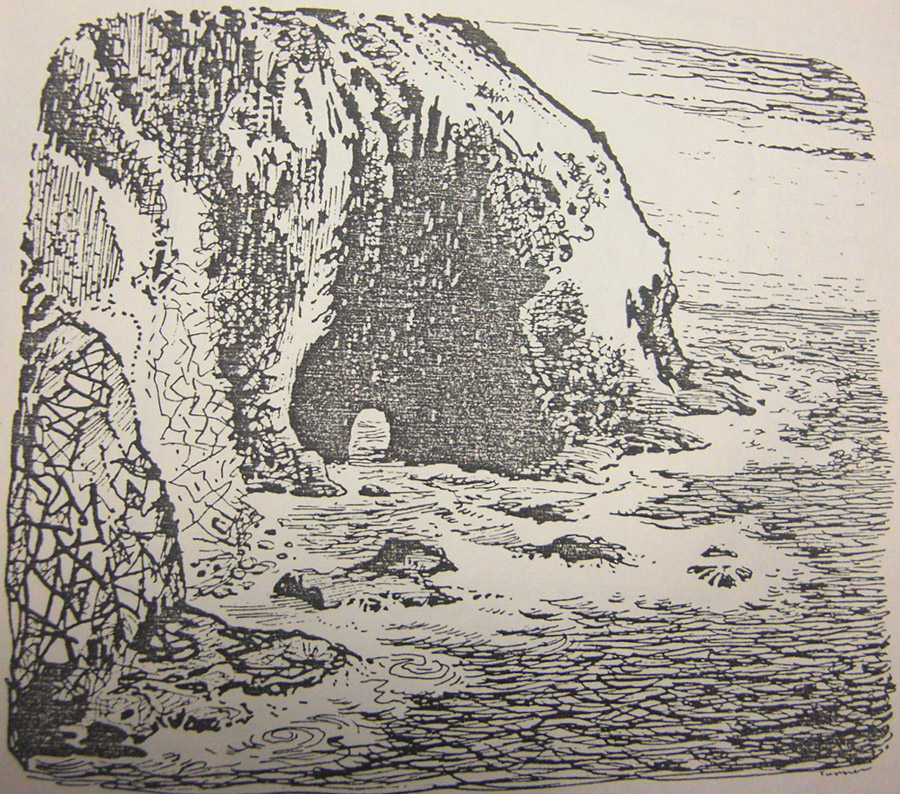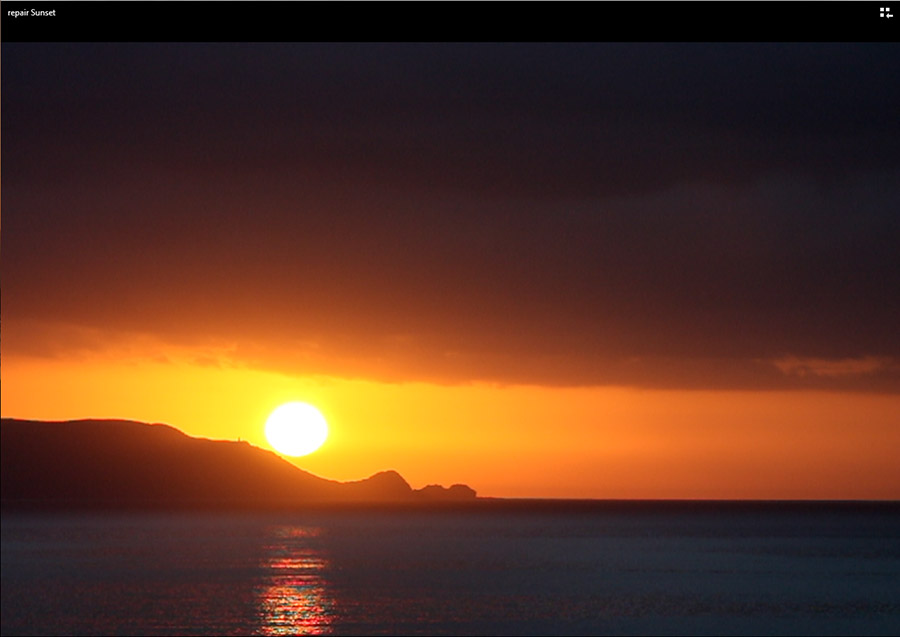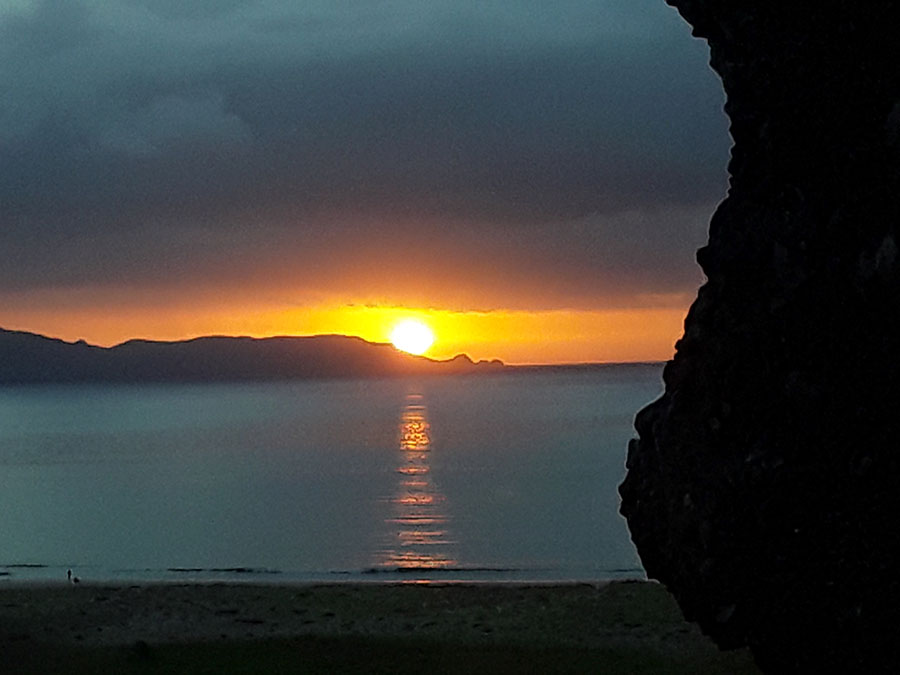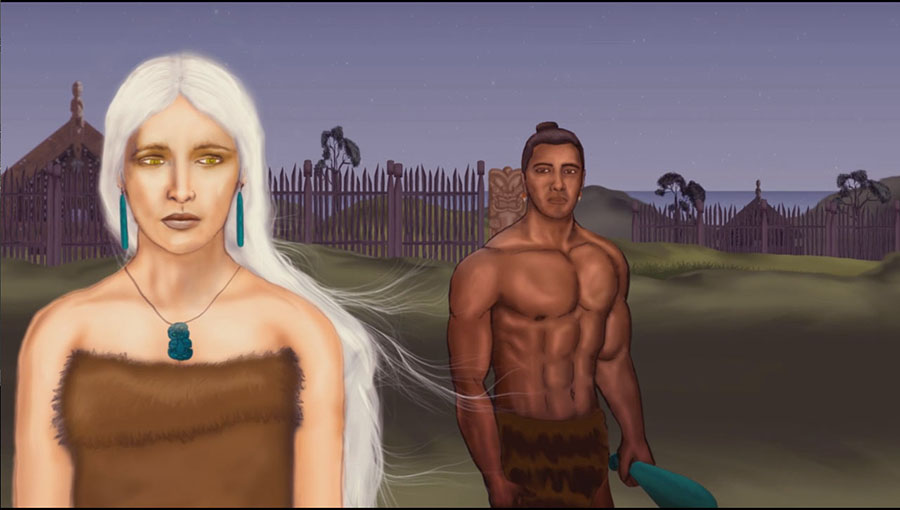
PARALLELS IN CELTIC – MAORI DEATH MYTHS AND THE AFTER-LIFE UNDERWORLD
For thousands of years, history, genealogies, stories and mythology had to be memorised by rote and gruelling repetition, then handed down in perfect oral delivery to each ensuing generation. For this mammoth task, children exhibiting the brightest and best minds within a tribe were chosen and set aside to be the bearers of the knowledge. This oral transmission prevailed in many societies the world over, ranging right across the globe and many continents, from the Celtic Druids of the far North to the Maori Tohunga at the very ends of the Earth.
Maori oral traditions speak of an interval of time, after first arriving in New Zealand, when they had to “live in sufferance, under the mana of the Patupaiarehe”. In other words, the urukehu (red hair), kiri puwhero (reddish-pinkish skin) Tangata Whenua (lords of the soil) were numerous and well-established across the country, occupying the choicest living areas. The new-comers had little option but to fit in peaceably with, or adjacent to, Patupaiarehe society, spanning several generations. Polynesian-Melanesian Maori, during this era of friendly or tolerant interaction, learnt many of the arts, crafts, building methods, cultural-language-religious expressions, games, myths & stories, etc., from the earlier people.
Further oral traditions tell us that, “War, strife, quarrelling were brought hither” with Toi and his warrior factions, leading to the eventual subjugation and annihilation of the Patupaiarehe people, the vast possessions of which fell into the hands of the conquerors and became known as Maori culture. Amongst many other things, the former, long period of friendly association had a profound effect on the after-life, religious beliefs of Maori and the journey the newly-dead took to the land beyond the grave in the underworld. Let’s compare Celtic death myths with those of Maori:
Maori myth speaks of a goddess of death named Hine-nui-te-po – the great woman of night, or death. Although in the one instance she is represented as the loving mother of her upper-world offspring, welcoming them to her paradisiacal underworld home (Rarohenga) after death, in other accounts she is represented as ‘a dread figure of night swallowing mankind’. She is sometimes named Miru.
This seeming contradiction is shared by Celtic Pagans, whose earlier benevolent gods and goddesses or beautiful heavenly home in Helios (one of many names) underwent transformation into a cruel hell, due to early era Christian influences. It’s significant that both the Celts and Maori shared an afterlife belief in an “underworld” rather than an “overworld”.
Maori: There is also the guardian at the gates to the underworld, Ku-watawata. The Maori word Kuwaha means an entrance or a doorway. In other accounts, Tuapiko and Tawhaitiri are named as gods who guard the entrance of the land of death.
The Celtic peoples also had gate-keeper gods, including the dog called Doormarth (Death’s door).
Maori: The boundary between life and death is Cape Reinga (underworld), which is the most extreme north-western point of New Zealand. The souls of all the newly dead take flight to this destination. Upon arrival, higher ranked individuals (chiefs, etc.), traipse an elevated path to the gateway, while the lesser ranked are consigned to a lower path along the beach.
This parallels the ancient Celtic legends for the people of Gaul, where the spirits of the newly deceased take flight to the most north-western part of the westwards jutting Brittany coast to commence their final journey to the afterlife home. In Celtic mythology the west, where the Sun sank beneath the Earth, represented death and the direction departing souls went, hence the saying amongst Celtic peoples since time immemorial, “gone west” (died). The directional concept remained true for Celtic peoples of Britain, where the souls of the dead first went to the most westerly, jutting-out coastline location of Ireland, before travelling further west across the sea to a mythical island out in the Atlantic Ocean.
Maori: Towards the end of the journey large streams had to be crossed, Te-Wai-ora-a-Tane for spirits coming up from the south and the more dangerous Kapo-wairoa (snatching souls) at Spirit’s Bay, where demons would try to seize the newly dead travelling from the eastern coastline to the Reinga.
This snatching or leading astray by demons parallels Egyptian Book of the Dead mythology, related to the newly deceased making the perilous journey to the afterlife home and having to ward off or bypass demons intent on disorienting and misleading them off the path. The wayfarers, en route to their heavenly home, were armed with magic wands, potions, amulets, incantations or prayers, etc., in order to evade the demons intent upon their destruction.
Maori: Spirits Bay, lying to the East of Cape Reinga, was renown as a gathering place of spirits arriving from the eastern coastline, who would then travel due west to the gateway of the underworld.
Te Wharewera of Rotorua related an account of his aunt’s near death experience, where she found herself threatened by a big bird at the banks of a stream at the Reinga and had to jump into a canoe to be ferried to safety on the other side by a ferryman. In the tale of Hine-marama, her husband Rangi-rua and his brother Kaeo, the ferryman of the underworld also features prominently in the story.
Amongst the ancient Celts or Gaul, ranging to Greece, the ferryman played a major role in transporting the souls across rivers or more major bodies of water to the afterlife home. As stated, newly dead of Gaul took flight to their most north-western coastline, where they were conveyed by boat westward to Britain. From there ferrymen-fishermen took them yet further westwards in ghostly ships (Bag an Noz) to the afterlife homeland. (See: La légende de la mort chez les Bretons armoricains, by Anatole Le Braz).
In Greek mythology Charon or Kharon is the ferryman of Hades, who transports the newly dead across the river Styx to the afterlife. Towns inhabited by the Egyptians in the vicinity of the Giza pyramids were on the eastern banks of the Nile and their burial places were on the western bank. Mummies had to be ferried westwards across the river to their place of interment.
Maori: Once past the rivers of no return the spirits coming from the south crossed the beach of Te One-i-rehi (twilight sands), then crossed Te-Wai-ngunguru (the Water of Lamentation).
In Greek mythology there were five rivers that separated the afterlife home (Hades) from the land of the living. One of these was Cocytus (the river of lamentation).
Maori: At the hill Taumata-Haumu, the spirits stopped, turned and looked back for a final time over the land of the living, wept, mourned and lamented, threw off their upper-world attire and made their last preparations before their clambering down an old, gnarled Pohutakawa tree to the shoreline at lands-end. (See: Maori Myth and Legend, by AW Reed).
Below was a cavern and, in the clear waters adjacent was surging kelp that would swirl open to reveal the entryway into the underworld. The spirits would finally dive into an open kelp doorway to complete their journey. Others could enter the underworld via caverns.
In ancient Irish mythology one of the names for the afterlife realm is Tir fo Thuinn (land under the wave). The otherworld is reached by going under the waters of pools, lakes or the sea, or by crossing the western sea (Atlantic).

The cavern at the end of the Reinga peninsula, as well as swirling kelp portals to the underworld that open and close with the surging tide. This is the final lands-end assembly point for spirits travelling to the underworld.
The Moriori people of the Chatham Islands depicted a Waka-Ra (boat of the Sun) carrying the dead westwards under a westerly breeze. They spoke also of a cave from which spirits of the dead departed on their journey to the underworld.
In the Greek legends, Orpheus is said to have entered the underworld via a cave at Taenarum or CapeTenaron, Peloponnese. Both Aeneas & Hercules, respectively, entered the underworld via a cave at the edge of Lake Averus on the Bay of Naples, etc.
Maori: Once beneath the waves the souls travel to the Three Kings Islands, where they look back in the direction of the New Zealand mainland before recommencing their journey onwards to Hawaiki.
This concept of travelling beneath the waves to an island is shared by peoples of the British Isles, extending to Greece. From the coast of Ireland one went west to a mythical island in the Atlantic Ocean called Brasil (also Hy-Brasil). In Greek mythology spirits of the dead travelled west to the Fortunate Isles (or Isles of the Blessed) in Oceanus (the Atlantic). Yet earlier writings placed these Isles in the western Mediterranean.
Maori: An important central component of Maori tangihanga (funeral rites and ceremony) is the lament of senior women of the tribe (Kuia Wailing or Karanga), also called apakura (lament, song of grief).
This is the same as traditional mourning rites in parts of Scotland and Ireland, where a keening woman (bean chaointe) wails a lament (in Caoineadh), Caoin meaning: “to weep, to wail”.
Maori: In Maori beliefs and superstition there is great respect accorded to the Ruru bird (Morepork or owl) as a bearer of knowledge and wisdom, but also as a messenger of death. In Maori tradition, when the Ruru is heard to call one’s name, death is near and inescapable.
In Celtic mythology, the owl is associated, with or vicariously represents, Cailleach (the goddess of death or Crone of the night … like Hine-nui-te-po - the great woman of night, or death) and the owl’s call was often sensed as an omen that someone would die. The owl (Athene noctua) was also associated with the Athena, Greek goddess of wisdom.

At Spirit’s Bay, below the many burial caves is a giant boulder that has been partially hewn into the shape of a head, neck and shoulders. It has a nose and partial indents that seem to portray eye sockets. It also has, what convincingly looks like, a top-knot of hair complete with braid lines. The face looks southwards, in the direction from whence the spirits of the dead come from all over New Zealand to the Reinga. Just below the head is the Kapo-wairua Stream, which spirits from the eastern coastline must cross (at their peril) in their journey westwards to the underworld.

Diagonal lines or rills at the top of the massive boulder seem to suggest combed hair. The immense (8-to-10 metre high) boulder, amidst many other nearby boulders, certainly occurred naturally at that position. However, it seems obvious that it’s been anciently hewn and worked to represent something or someone very significant, perhaps Hine-nui—te-po herself, (the great woman of night & death) or Te Ku-watawata (guardian of the gate into the Reinga). Within the pantheon of Celtic gods and goddesses similar attributes are assigned to those who oversee the underworld hereafter.

It’s very apparent that the boulder was anciently hewn because of the strategic position in which it sat. It represents a solar observatory for the equinoctial sunset lying due west of it and from the giant head, a glistening solar reflection across the water marks the pathway to the gateway of the Reinga (Tatau-o-te-Po). The carved head position also provides the living with an exact fix date for the equinox solar event, which leads on to keeping calendars and day-counts 100% accurate. This pathway was called Ara-whanui-a Tane (path laid down by Tane), pointing to the ancestral homeland in Hawaiiki. The last glint position of the Sun occurs on the Reinga path at or near the present-day, physical gateway above the lighthouse, where the dead are said to pass through. In the oldest Maori songs of lamentation was often the phase, “Wait, wait awhile, O sun, and we’ll go down together.”

Another picture of the equinox solar event occurring over Cape Reinga from the carved head situated below the burial caves at Spirit’s Bay and above the Kapo-wairua stream. These very ancient, purpose built, solar observatories, for accurately witnessing the solstices and equinoxes, are found all over New Zealand at or near locations where there was once a sizable population of the Patupaiarehe.
THE LEGEND OF MATAORO & NIWAREKA

Niwareka, a Turehu woman whose home and people are in the underworld, marries Mataoro, a Maori man, whose home is in the upper world. He beats her and she flees to her home and people, only to be pursued by a remorseful Mataoro, who convinces her to return with him to the upper world. In the underworld Mataoro learns the art of facial tattooing from Niwareka’s father, which he brings back to the upper world. Other parts of the story infer that line dancing and intricate cloak weaving were taught to Maori by the Turehu, who also taught Maori how to weave fishnets, etc. (Picture courtesy of Hiwa Taewa, from a university animation project, 2011).
In Te Matorohanga’s account (1865) Niwareka was described in the following terms: “She had an ihu-rakau (a straight nose, with little or no dent at the bridge-a Grecian nose, in fact-quite different to those of the Polynesians) and long flaxen hair.”
Elements within story strongly suggest that Maori beliefs concerning the afterlife were heavily influenced by Turehu-Celtic concepts and mythology, carried with them to New Zealand from the Mediterranean and Continental Europe in remote antiquity. This conclusion is further substantiated when one realises that the legend of Mataoro & Niwareka is simply a close variation on the ancient Greek myth of Orpheus & Eurydike, tailored to an ancient New Zealand setting. See: (Parallels between a Greek myth and a Maori Myth, by Andrew Giles). https://groups.google.com/forum/#!msg/sci.archaeology/JMXEd_9q9Gs/AOVtkGSJNNkJ
See also: Mataora’s visit to Hades –The origin of tattooing, by Te Matorohanga, 1865, http://www.sacred-texts.com/pac/lww/lww6.htm
It seems quite implausible to accept that the Polynesian Maori, living in isolation half a world removed from the Mediterranean, Continental Europe and the British Isles, could duplicate these well-established afterlife mythologies of the ancient European theatre so precisely, without direct cultural contact with people from that northern hemisphere region. However, the Turehu of ancient New Zealand are a people who are not allowed to be remembered.
Martin Doutré, 24/8/17.